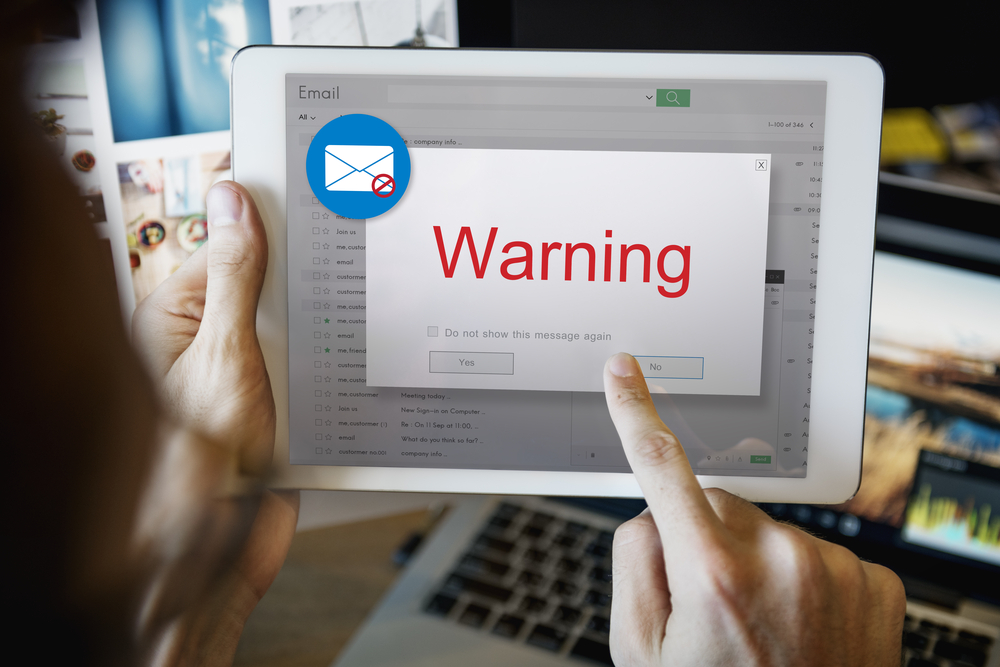Understanding Computer Viruses and Their Impact
This article provides an in-depth overview of computer viruses, their mechanisms, lifecycle, and types. It explains how viruses infect systems, evade detection, and the importance of antivirus software. The piece also details different virus categories such as macro, boot sector, and email viruses, emphasizing the need for strong cybersecurity measures to protect digital assets. Aimed at raising awareness, it highlights the economic and operational damages caused by malware and advocates for proactive security practices to mitigate risks.

Understanding Computer Viruses and Their Impact
A computer virus is a malicious code designed to replicate itself and disrupt data stored or downloaded on devices. It infiltrates systems by modifying programs, replacing them with harmful code. Once infected, affected areas are compromised. Cybercriminals exploit system vulnerabilities, initially targeting Windows-based systems, but now Macs are also at risk. Viruses employ various mechanisms to infect devices stealthily, evading antivirus detection using advanced techniques. They serve motives like sabotage, financial gain, spreading messages, or exploring security weaknesses. Billions of dollars are lost annually due to system failures, data corruption, and increased maintenance costs caused by viruses.
To combat these threats, numerous antivirus tools are available across different platforms. Security researchers continuously develop software capable of detecting emerging viruses before widespread infection occurs. The term “virus” often overlaps with malware, including worms, spyware, adware, ransomware, Trojans, rootkits, and keyloggers.
Active malware threats include Trojans and worms, but viruses specifically infect systems like hard disks and CPUs to access sensitive information such as bank details, personal data, and email contacts, often rendering computers useless. Not all viruses are destructive; some simply remain dormant until triggered. A typical virus searches for new files or disks to infect and copies itself to propagate. It consists of three main parts: the infection mechanism, the trigger, and the payload. The infection mechanism locates files or disks, the trigger activates upon specific events like date or file execution, and the payload performs malicious actions such as slowing or crashing the system.
Viruses go through several stages in their lifecycle:
The Dormant phase, where the virus remains inactive until triggered.
The Propagation phase, where it replicates and morphs to evade detection.
The Triggering phase, activating upon specific system events.
The Execution phase, executing malicious payloads such as deleting or corrupting files, or causing system crashes.
Types of viruses
Include executable files (.com or .exe), document files (Word, PDF), boot sector viruses, and those targeting removable drives.
Resident and non-resident viruses
Resident viruses embed themselves in the system's memory, remaining active until shutdown, disrupting OS functions. Non-resident viruses infect the system temporarily, then leave.
Macro viruses
In applications like Word or Outlook, macro viruses embed malicious scripts that execute when files are opened or macros run, spreading infection. Avoiding opening suspicious attachments reduces infection risks.
Boot sector viruses
Target system boot sectors, hard drives, and removable storage media.
Email viruses
Spread through email attachments, targeting specific system files for infection.










